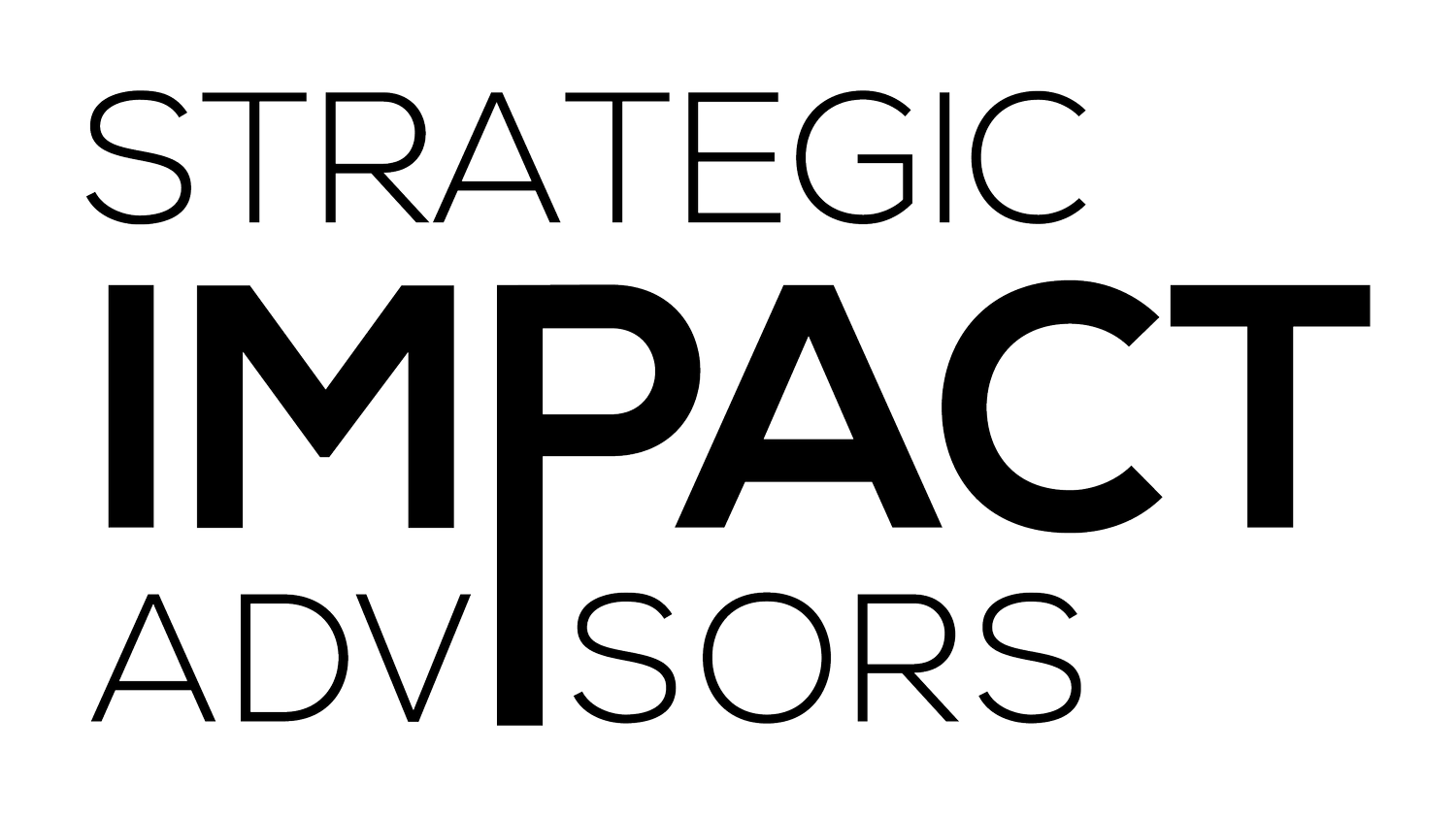New digital financial literacy lessons available — and still open source
I am thrilled to announce we have produced 15 new episodes of our “Hey Sister! Show Me the Mobile Money!” digital financial literacy campaign. Grab a phone, listen in, read our scripts, make them your own! Like our first 10 lessons, the new scripts and recordings follow our three sisters, Josephine, Myriam, and Annette, as they continue their journey to safely using their mobile phones. In the new episodes, they explore more product offerings, including digital credit and insurance, and double down on learning how to protect themselves from unauthorized data sharing and scams. Our sisters are also joined by Myriam’s daughter, Lily, who shows us how to use a smartphone and the apps that help her run her businesses.
Our timing seems spot on. In June, GSMA released the 2021 gender gap report on mobile phone ownership and mobile internet use. It included encouraging news: that the gap between women and men’s smartphone ownership in low- and middle-income countries narrowed from 20% to 15%. Less encouraging, women continue to cite literacy and their perceived need to develop their digital skills as a top barrier to their use of mobile phones and mobile internet services. These barriers continue to make women in low- and middle-income countries 7% less likely than men to own a mobile phone. Even though the gap between women and men’s mobile internet use has narrowed in these countries, women are still 17% less likely to use mobile internet than men.
Because the persistence of the barrier is maddening, we committed to designing the digital financial literacy lessons we launched in November 2020 (with funding support from USAID) as open source. We provide our materials (audio files and written scripts) for free and without restriction. We have seen great adaptations of our curriculum by groups like BSR, which repurposed the content for its HERfinance program for garment workers in Cambodia, and Mercy Corps, which migrated the Hey Sister content onto an SMS platform to make it part of a new knowledge library for smallholder farmers.
We count these adaptations as big wins. So are our 100,000+ IVR listeners and our in-country facilitators in Ghana, Malawi, and Uganda, who take the content to women in small group settings and have already exceeded our targets and reached thousands of women with the curriculum. With our new content, we have updated and expanded our supporting materials to help trainers use the curriculum. Through our work to date, we have found this combination of digital and in-person delivery (when possible and COVID-safe) to be most effective. Our findings affirm what women surveyed said to GSMA as well: that they feel less able than men to learn a new activity on a phone by themselves. Friends and family were the most common source of training, just like they are for the sisters who share wisdom in our Hey Sister episodes and in the experience of our local organization partners.
It is my hope that this Hey Sister content will continue to be used, replicated, and repurposed to provide women with a relevant, engaging tool to build digital skills and navigate their way in the digital economy. I call on others working on digital literacy and digital financial literacy to make their content publicly accessible so we can spend our time building skills rather than creating theories of change or endless versions of content. If we are serious about building women’s digital skills, we all need to share and view learning tools as public goods.
Click here to learn more about Hey Sister and access audio files, written scripts, and facilitation guides.
